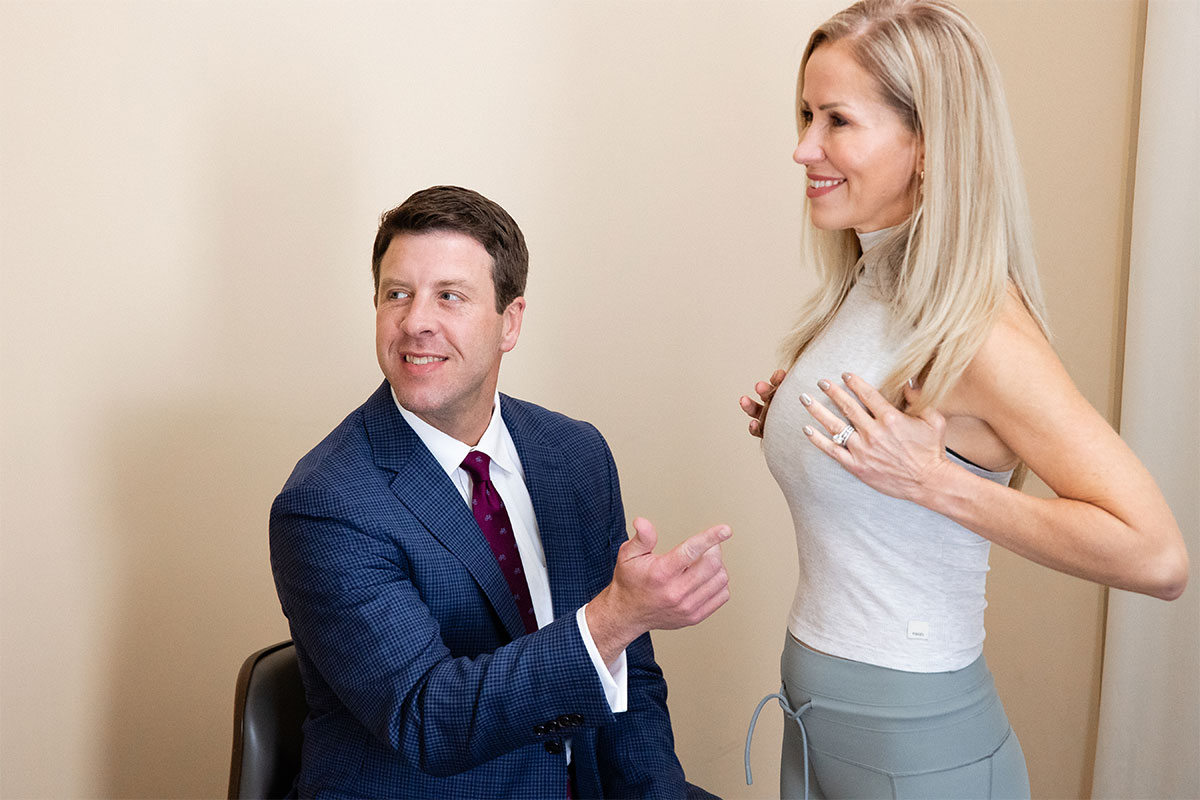Breast reconstruction is a surgical procedure aimed at restoring a woman’s breast shape and appearance following a mastectomy, often performed as part of breast cancer treatment. There are many techniques available to the reconstructive surgeon looking to improve a patient’s appearance after a mastectomy. The final choice depends on the patient’s desires, body habitus, available tissue, the appearance of the opposite breast, and the health of the patient. Schedule a consultation to learn more about breast reconstruction in Gulf Shores today!
Timing the Breast Reconstruction
Reconstructive breast surgery is one of the most common procedures that the plastic surgeon performs. With nearly 140,000 new cases of breast cancer annually, the number of women seeking reconstruction is at an all-time high. The first major decision is timing the reconstruction.
It has become increasingly popular to reconstruct the breast at the same time as the mastectomy, thereby preventing a period of complete absence of the breast. The emotional advantages to the patients are clear, but not all women are candidates for immediate reconstruction. The advantages and disadvantages of immediate reconstruction should be discussed with both the oncology surgeon and the plastic surgeon.
The majority of breast reconstruction is delayed until after the mastectomy is performed and the wounds are all healed. If the patient does not require chemotherapy or radiation therapy, we prefer to wait three months after the mastectomy to allow the tissues to heal and soften. If chemotherapy or radiation is necessary, we encourage the patient to complete these therapies prior to beginning the reconstruction surgery.

Implant Reconstruction
The simplest breast reconstruction procedure is the placement of a silicone or saline implant beneath the muscle of the chest wall. Incisions can either be through the old mastectomy scar or placed at the inferior position of the newly created breast. This can often be done as an outpatient but usually under a general anesthetic. The patient will usually be discharged home in a special bra, which will be worn for approximately one week. There will be some limitations of arm motion for four to six weeks after your breast reconstrution in Gulf Shores.
Tissue Expansion
Many times, the simple placement of an implant is not possible because of inadequate skin or muscle remaining on the chest wall after a mastectomy. In this case, new tissue must be created either by expansion of local tissue or transfer of a flap of skin, muscle, and blood vessels. Tissue expansion is accomplished under a general anesthetic by the placement of a “tissue expander” beneath the muscle of the chest wall.
Expanders initially resemble flat balloons. The procedure is done either as an outpatient or with an overnight stay in the hospital. During visits to our office over the next four to six weeks, sterile saline is injected into the expander to stretch the surrounding tissue to the point where it will accept the proper size implant. There is some discomfort with each expansion, but the patient can usually continue normal activity. Removal of the expander and placement of the final implant is done during a second procedure as an outpatient or with an overnight stay.
Latissimus Dorsi Flap Reconstruction
When the condition of the patient’s chest wall dictates the need for tissue transfer, the options include moving tissue either from the patient’s back or lower abdomen to replace the missing skin. The Latissimus Dorsi muscle is a broad muscle in the back that can be transferred along with a portion of overlying skin to the anterior chest. This “new” tissue, along with an implant, creates a new breast mound. Additionally, some patients have a Latissimus Dorsi muscle, which is large enough to allow for breast restoration without an implant.
While beautiful results can be expected, this procedure requires an investment of 2 to 4 hours of surgery. In the past, this procedure required hospital admission on a routine basis, but with the advent of implantable bupivacaine pumps that deliver pain medication to the wound, most patients can be discharged home after only a brief stay in the facility. Complications can include additional scarring on the chest and back, death of the transferred tissue, bleeding, serum accumulation in the back, infection, and firmness of the reconstructed breast.

The TRAM Flap Reconstruction
The Tummy Tuck Flap
The tissue transfer technique of choice is the rectus abdominus muscle and skin flap (also known as the “tummy tuck” flap). In this procedure, a large eclipse of lower abdominal skin is transferred along with an underlying muscle and artery to the mastectomy site. The advantage of this procedure is there is usually enough tissue to build a breast without an implant. In removing the tissue from the abdomen, a secondary benefit is the tightening of the skin of the abdominal area, thus the name “tummy tuck” flap. This is a major procedure requiring several hours of surgery and four to six days in the hospital.
Microsurgical TRAM Flap
In the free microsurgical TRAM flap, fat from the abdomen can be transplanted into the breast area. Excess fatty tissue from the hips or buttocks can also be used in women who do not have enough excess abdominal fat. Using an operating microscope, small blood vessels that enter the fat are reconnected to recipient blood vessels, usually beneath the arm. This restores blood circulation through the tissue and allows it to heal into place in its new position. The patient also benefits from a flatter, smoother contour of the abdomen, hips, or buttocks!

Nipple-Areola Reconstruction
The nipple-areola complex can also be reconstructed but usually is not done at the initial reconstruction of the breast. This delay allows for more accurate positioning of the nipple on the reconstructed breast. We prefer to reconstruct the nipple with local tissue from the breast reconstruction and the areola with a skin graft from the groin or abdomen. If the color match with the opposite nipple is not acceptable, tattooing is frequently performed.
The Perforator Flaps
The current state-of-the-art in breast reconstruction in Gulf Shores is the use of perforator flaps from the abdomen, buttock, or upper back. Using these methods, the skin and fat in those areas are elevated and transplanted to the breast area using the small blood vessels that supply the tissue with oxygen and nutrients. While the TRAM flap removes the muscular and facial structures from the abdomen at the time of tissue transfer, Deep Inferior Epigastric Perforator (DIEP) flap allows maximal preservation of those structures. Therefore, the risk of hernia and other long-term abdominal wall contour problems is reduced.
The Gluteal Artery Perforator (GAP) and Thoracodorsal Artery Perforator (TDAP) flaps allow maximal conservation of the underlying muscular structures, with preservation of function and contour in those areas. Breast restoration with perforator flaps can be expected to yield beautiful results, although a lot more time and effort is spent in the operating suite to establish the new breast mound. The additional time spent is usually worthwhile, as the new breast is completed without the use of prosthetics and behaves and looks very much like the native breast.

Schedule Your Consultation
McCollough Plastic Surgery offers a trusted haven for individuals seeking comprehensive aesthetic transformations and holistic well-being. Our dedicated team recognizes the profound connection between outer appearance and inner vitality. Just as the Fountain of Youth symbolizes enduring health and happiness, this modern-day sanctuary fosters a tranquil environment where clients can rejuvenate their face, body, mind, and spirit.
Our multidisciplinary medical facility is strategically nestled in the heart of Craft Farms, an Arnold Palmer-designed golf resort minutes away from the Gulf Shores/Orange Beach. We provide on-site recovery villas with breathtaking views of the beach or golf course, complete with round-the-clock care to guarantee peace of mind. Contact McCollough Plastic Surgery today to schedule your consultation for breast reconstruction in Gulf Shores, AL.


